10Apr
Brown Marmorated Stink Bug (BMSB)
Words and Images supplied By FAR
Over the past few months there has been a lot of activity around BMSB, including a number of identifications of BMSB which have found their way into homes, gardens and businesses. The number of bugs being intercepted at the border is increasing all the time, and Steve Gilbert, MPI’s Director of Border Clearance says that by February this year, there had been nearly double the number of live finds compared with 2017/18.
Risk
In New Zealand, BMSB poses a significant risk to horticulture and maize crops, as well as to plants in home gardens and public spaces. It feeds on around 300 different plants, is hard to kill and spreads quickly. Over winter, it enters houses and is difficult to remove, releasing a foul smell when disturbed.
BMSB could enter New Zealand via many pathways, from a cargo ship to a tourist’s suitcase. A 2012 MPI analysis identified the key BMSB risk period to be from mid-September to the end of April. This timeframe aligns with the habits of BMSB in the Northern Hemisphere countries where infertile adults overwinter indoors and in manufactured goods, increasing the chances of them hitchhiking into New Zealand.
Tools for use in a response
BMSB is very difficult to manage and eradicate, so along with a number of other plant based industries, we are already considering which tools to use in a response. Unfortunately there’s no silver bullet and a response would be complex and need the support of the whole country. FAR is an observer to the BMSB Government Industry Agreement (GIA) and BMSB Council. Once the seed and grain industry has formally signed its own, agreement we will become full members of this group (see information at the end of this article).
The BMSB Council is coordinating New Zealand research activities and reviewing studies overseas to increase our options in the event of an incursion. A few of these management tools include;
Samurai wasp biocontrol
In August 2018, the samurai wasp biological control agent was pre-approved by the Environmental Protection Authority (EPA) to be released into New Zealand in the event of a BMSB incursion. However, there are restrictions on its use (it can only be released at the site of the incursion and it cannot be reared here in New Zealand). The BMSB Council is currently looking at the best options for importing this biocontrol agent, including approvals to hold it in New Zealand in containment (the wasp can survive several months), or hold it overseas ready for importation. Each of these options will have costs associated so the risk/benefit is being considered.
BMSB in maize
The following bullet points, based on information from ‘corn crops’ in the USA, provide some ideas of how BMSB might behave and affect New Zealand maize crops.
- Developing ears appear to be the main attraction in field corn.
- Feeding damage results in shrivelled kernels. This damage is not usually evident immediately upon visual inspection.
- The pest appears to spend a lot of time in wooded areas or hedgerows and then move into the outside edges of crops.
- Chemical control of BMSB can be challenging, especially as crops gain height.
Related
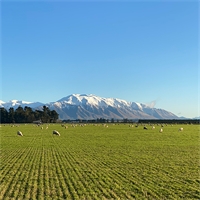
Selecting a perennial ryegrass that both performs and persists under the pressures of our unique New...
Read More
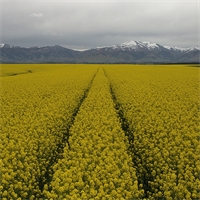
A farm-based agronomy project aimed at identifying key drivers of yield and profitability for oilsee...
Read More

The government is currently discussing several proposed relaxations on resource management rules. Th...
Read More
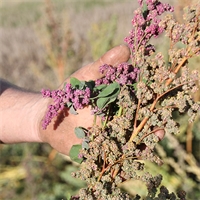
Once seen as the “protein farm” for the United Kingdom with an ample supply of butter, cheese and ...
Read More
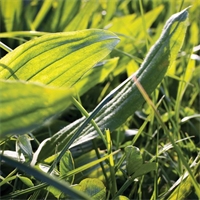
Changing milking frequency from twice a day to once a day or going to 16 hours isn’t hard, but it r...
Read More
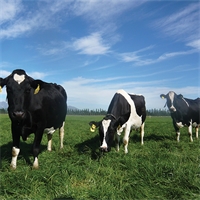
Herbage testing for micronutrients (trace elements) supports animal health and production.
Read More